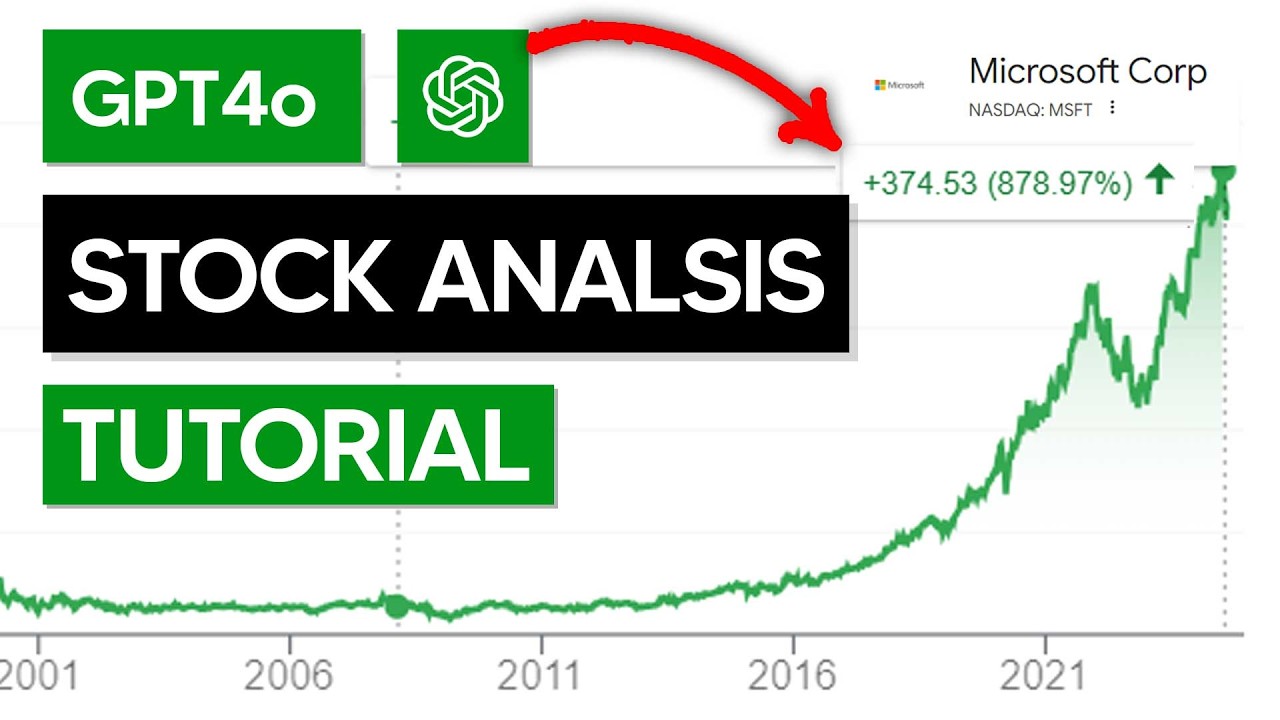To make the most of your investment, it is essential to understand and evaluate pricing on AI analysis and stock prediction platforms. Knowing what you pay for and how the pricing structure could be different. This will allow you to make a more informed choice. Here are the top ten tips for evaluating the price and cost of these platforms:
1. Understanding Pricing Model
Subscription based: Find out if the platform charges monthly or annually, and also what features each tier includes.
Pay-per-use: Check that the charges of the platform are based on usage, like the number of transactions (or request for data), or prediction.
Freemium Model: Check to see if the website offers a free version which offers only a few options. Premium features are billed for.
2. Compare Pricing Tiers
Review the features of each price level, e.g. Basic, Professional Enterprise, Basic.
Scalability. Be sure to have the right pricing to meet your requirements.
Upgrade flexibility: See whether you are able to upgrade or downgrade your plan when your requirements alter.
3. Evaluate Hidden Costs
Data fees: Verify if the platform charges extra for access to premium data (e.g., real-time data, advanced analytics).
Brokerage fees: Check whether the platform is charging additional charges for trade execution or integration with brokers.
API usage - Assess whether there are additional costs associated with API access and/or high-frequency use.
4. Check out free demos as well as trials
Trial period - Search for platforms that provide the option of a trial or demo so you can check out the features before deciding to commit.
Trial limitations: Decide whether you are able to use all features included in the trial, or only one or a few.
You have no commitment options: Make sure you have the option to cancel your trial without incurring any charges when the program doesn't satisfy your needs.
5. Look for discounts and promotions.
Discounts for annual plans: Find out if there are any discounts that the platform offers compared to the monthly plans they offer.
Referral programs: Check whether you can earn credits or discounts by referring others to the platform.
Ask about institutional pricing when you belong to an organization with a lot of employees.
6. Assess Return on Investment (ROI)
Cost vs. value - Decide whether the options, capabilities, and forecasts are worth the cost. It can help you save money or make better trading strategies.
Find out the platform's success rate, or testimonials from users to determine its potential ROI.
Costs of alternative: Compare platform costs with the cost of not using the platform (e.g. missed opportunities, time spent on manual analysis).
Review Cancellation & Refund Policies
The cancellation policy should be followed: Ensure that you can cancel the subscription without penalty or hidden costs.
Make sure to check if there's an option to refund subscriptions you haven't used.
Auto-renewal Check to see whether your platform automatically renews and find out how you can decide to opt out.
8. Review Transparency of Pricing
Clear pricing page - Be sure there aren't any hidden fees on the pricing page.
Customer Support Contact customer support to provide clarification on any pricing issues or any additional charges.
Contract Terms: Review the contract terms to determine if there are any penalties or long-term obligations.
9. Compare yourself to your competitors
Check out the features and prices on various platforms to find the most value.
User reviews: Look at reviews from users to see whether the platform's price is a good value.
Market positioning: Take a look at the pricing and decide if you are getting a platform that is compatible with your needs.
10. Take into consideration the long-term cost
Price increases: Find out whether there is a consistent pattern of price increases and how frequently they occur.
Additions of features: Check whether your current plan has new features or requires an upgrade.
Costs of Scalability: Ensure that the platform's pricing is fair when your trading activities or requirements for data increase.
Bonus Tips:
Trials for free on multiple platforms are available to test and compare the value and performance of various platforms.
Discuss your price. If you're a part of an institution or you're using this product in huge amounts, inquire about a custom price.
Find free educational tools and sources. Some platforms provide educational tools or resources that are free.
Following these tips can assist you in evaluating the prices and cost of AI analysis and stock prediction platforms. It is possible to select one that fits your budget while delivering the features you require. A platform that is priced correctly must strike a good balance between affordability, functionality and performance to maximize your trading. See the best here for ai trading app for more examples including ai stock picker, ai stocks, investment ai, best ai for trading, best stock analysis website, chart ai for trading, stock analysis websites, ai options trading, best ai etf, copyright financial advisor and more.

Top 10 Tips For Assessing The Speed And Latency Of Ai Trading Platforms
The speed and latency of the trading platform are important factors to be considered, especially when it comes to active traders, algorithmic and high-frequency investors. Milliseconds delay could be detrimental to trading execution. Below are the top ten tips for assessing latency and speed on these platforms:
1. Real-Time data feeds can be used to assess the accuracy of your real-time data
Speed of data delivery: Make sure the platform delivers real-time data with a minimum delay (e.g., less than a millisecond delay).
Verify the source's proximity to the major exchanges.
Data compression: Verify whether the platform is using efficient data compression techniques to speed up the delivery of data.
2. Speed of execution test for trades
Order processing: The platform's capability to complete and process trades quickly when an order is placed.
Direct Market Access (DMA) Check to see if the platform supports DMA. This lets orders go directly to the exchange without the necessity for intermediaries.
Execution Reports: Verify if your platform offers detailed reports on the execution of orders, as well as timestamps.
3. Assess Platform Responsiveness
User interface (UI), speed Check the platform's response time to your inputs.
Chart updates. Verify that charts and visualizations have a real-time update without lag.
Performance of mobile apps. If you are using mobile apps be sure that it's functioning as swiftly and smoothly as a desktop version.
4. Look for low latency infrastructure
Server Locations: Ensure that the platform has servers with low latency located near major hubs for financial exchanges or financial hubs.
Co-location: If your platform offers co-location, you are able to place your trading algorithms on servers that are near the exchange.
High-speed networks - Make sure that the platform is using fiber-optic high-speed network or other low-latency technology.
5. Backtesting and Evaluation of Simulation Speed
Historical processing of data: Find out how fast your platform processes and processes historical data.
The latency on platforms must be minimal enough to allow for live simulations of trades in real time.
Parallel processing: Make sure the platform is using parallel processing or distributed computing, to speed up complex computations.
6. Assess the API Latency
API response time: Determine how quickly the platform's API responds to requests (e.g. getting market data, placing an order).
Rate limits: Make sure you know if API has reasonable rate limits to avoid delays in high-frequency transactions.
WebSockets Support: Confirm that the platform supports WebSockets protocols to provide low-latency streaming of data.
7. Test Platform Stability When Loaded
High-volume trading to test the platform's flexibility and stability, try simulated high-volume scenarios.
Market volatility Test the platform during periods of high market volatility to make sure it is able to handle the rapid price fluctuations.
Stress testing: Determine if your platform provides the tools to test stress-testing strategies in extreme conditions.
8. Evaluate network and connectivity
Internet speed requirement: To achieve optimal performance, ensure that your internet speed meets the speed of your preferred platform.
Reliable Connections: To minimize downtime, check if your platform supports redundant internet connections.
VPN latency: When you use the VPN platform, verify whether the latency is high and if you have alternatives.
9. Make sure to look for speed optimization features
Pre-trade analytics: Make sure that the platform offers pre-trade analytics to optimize order routing and execution speed.
Smart order routing (SOR) is also referred to as smart order routing, is a method to determine the fastest and the most efficient execution locations.
Check the platform's tools to analyze and monitor the latency in real-time.
10. Review Feedback from Users and Benchmarks
User reviews: Check for user feedback on the site to gain an understanding of its speed and latencies.
Third-party benchmarks from third-party. You can find benchmarks from independent sources or reviews that assess the performance of a platform against other platforms.
Testimonials and case studies: Find out whether there are instances that prove the low-latency capabilities of the platform.
Bonus Tips
Trial period: Use a free trial or demo to evaluate the platform's performance and latency in actual scenarios.
Support for customers: Ensure that the platform has customer support in order to reduce the latency of your system or address other issues.
Hardware requirements: Determine whether you require special hardware to get the best performance (e.g. high-performance PCs).
These tips will assist you in evaluating the speed of AI trading platforms which predict or analyze the prices of stocks. You will be able pick a trading platform that best meets your trading requirements and minimizes any delays. Low latency trading platforms are vital for high-frequency algorithmic traders. The slightest delay can adversely affect their earnings. Read the top chatgpt copyright for more recommendations including chart ai trading, stock analysis app, invest ai, trade ai, ai chart analysis, ai options trading, incite, chatgpt copyright, ai trading software, investment ai and more.
